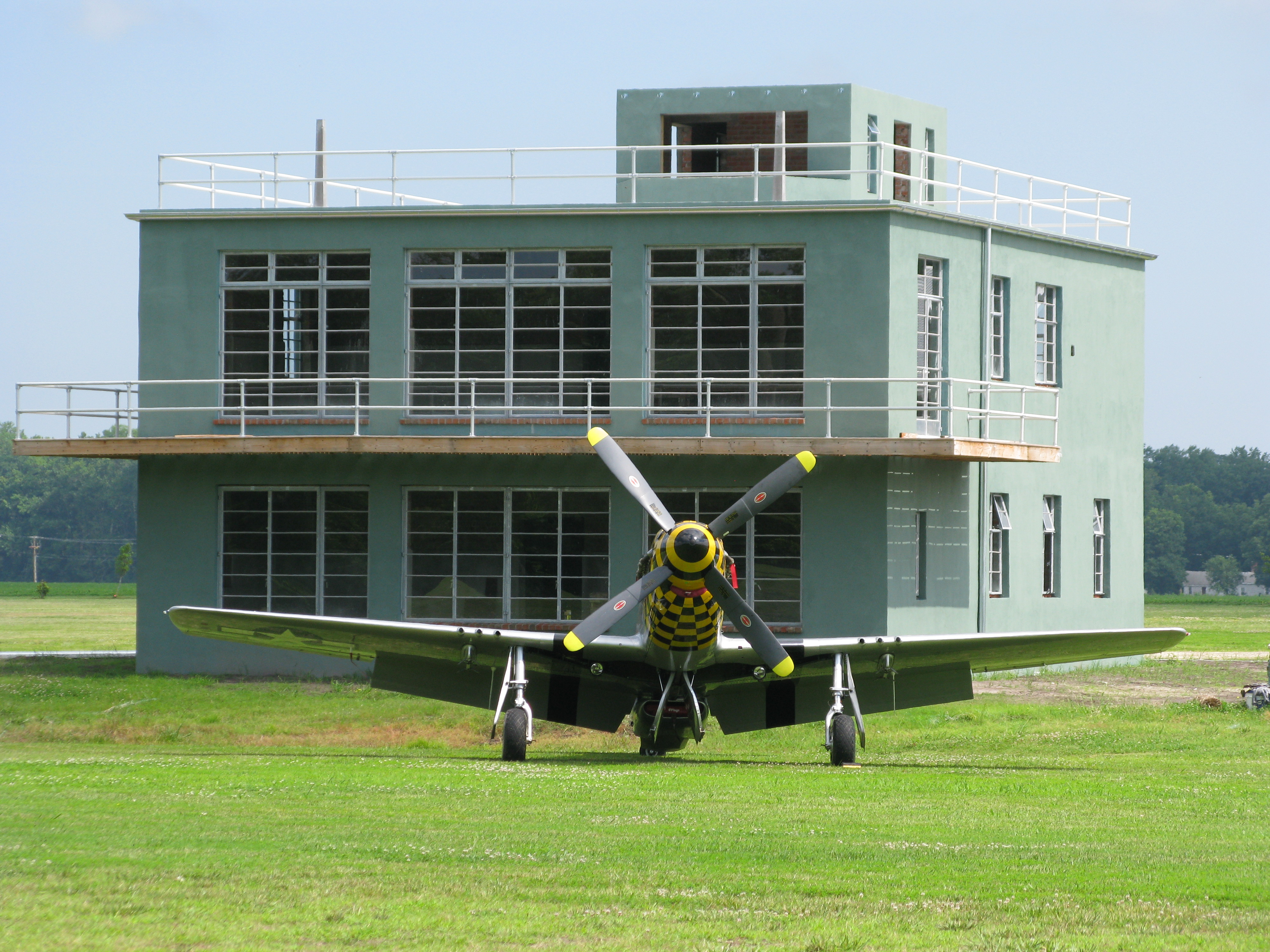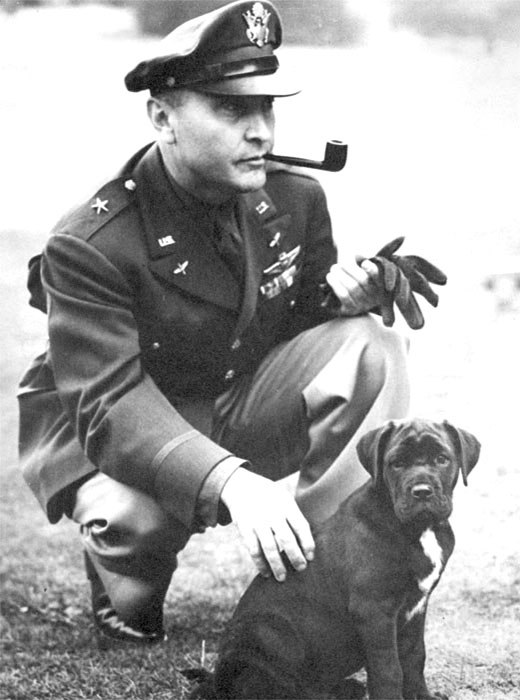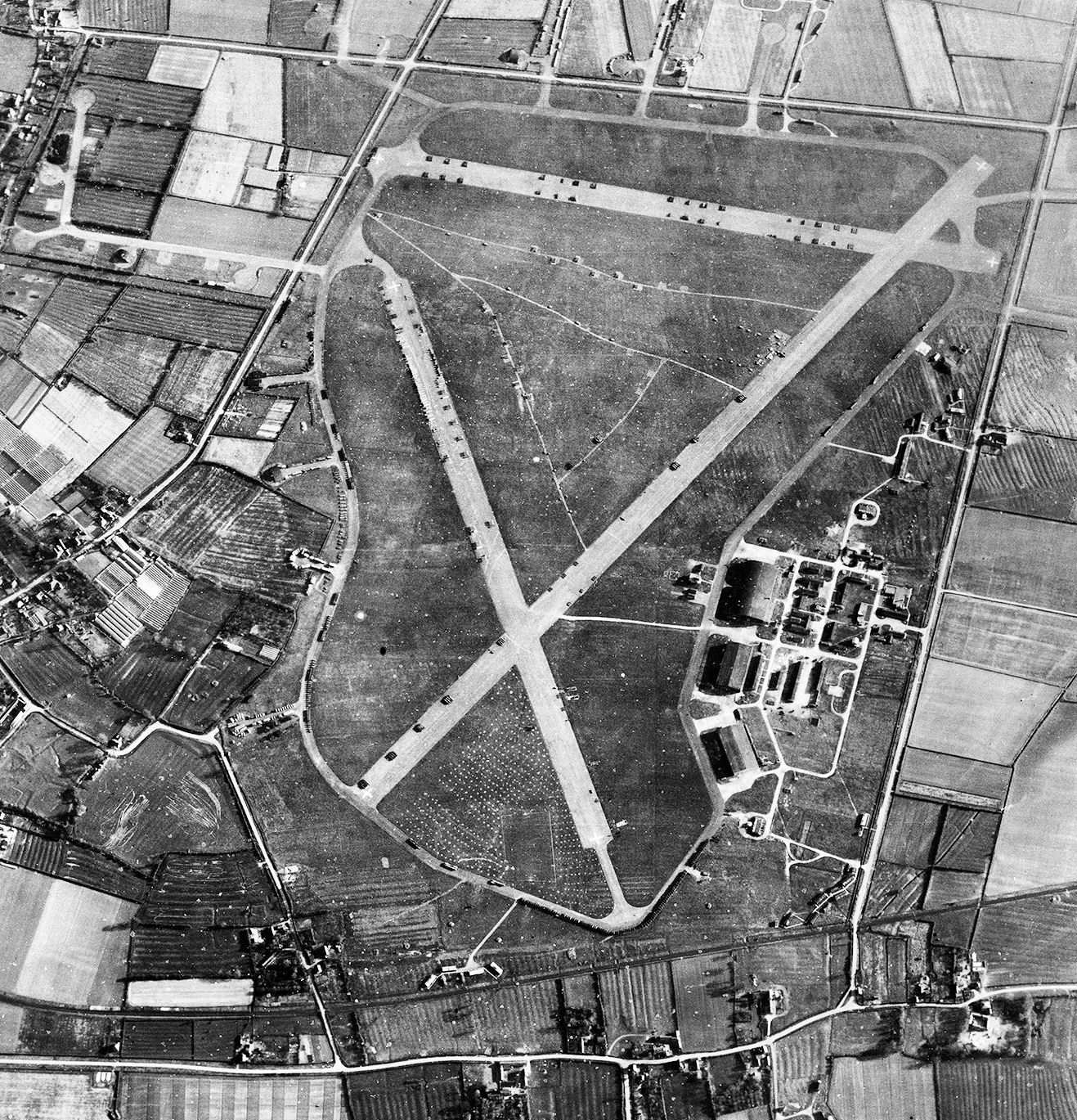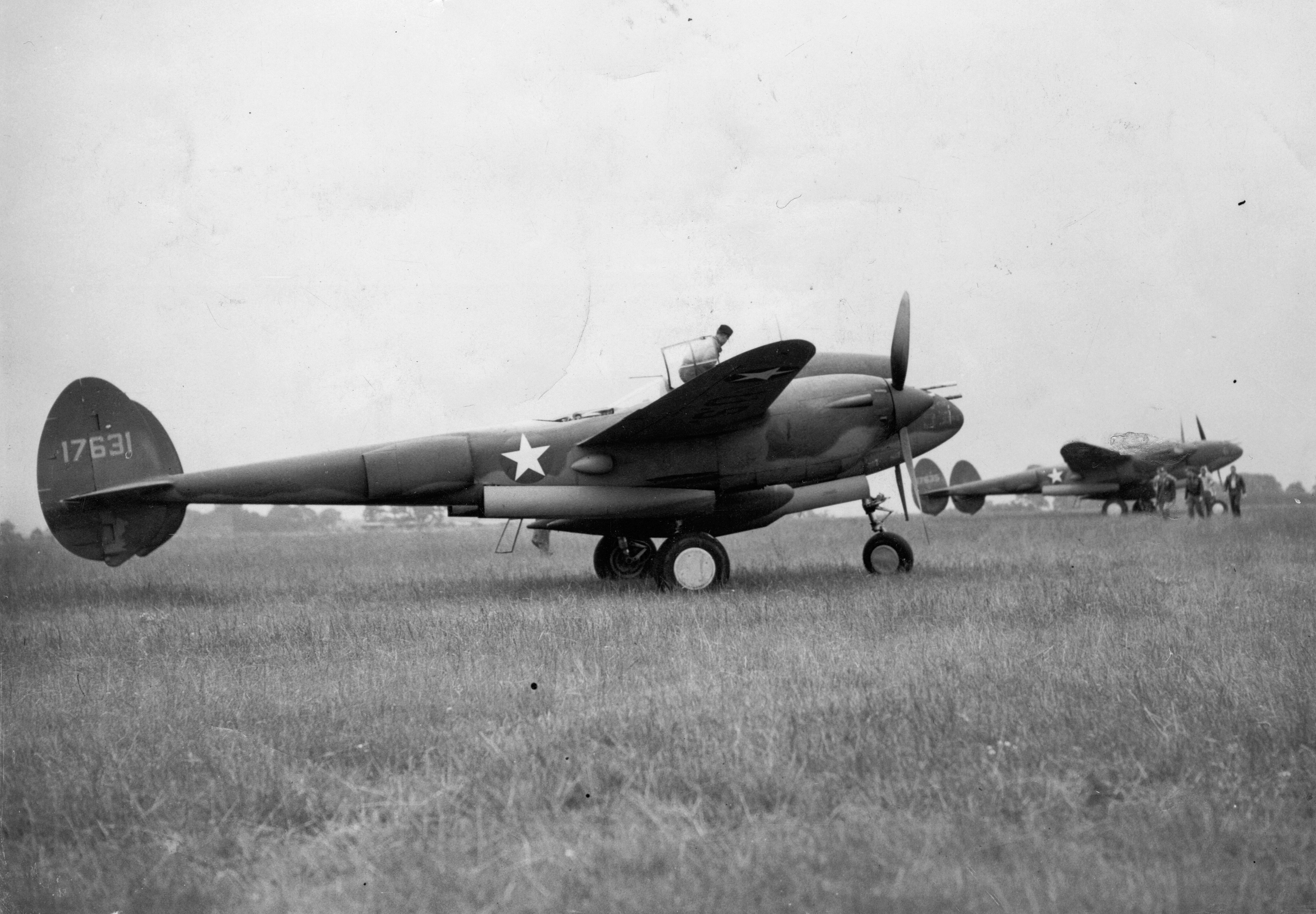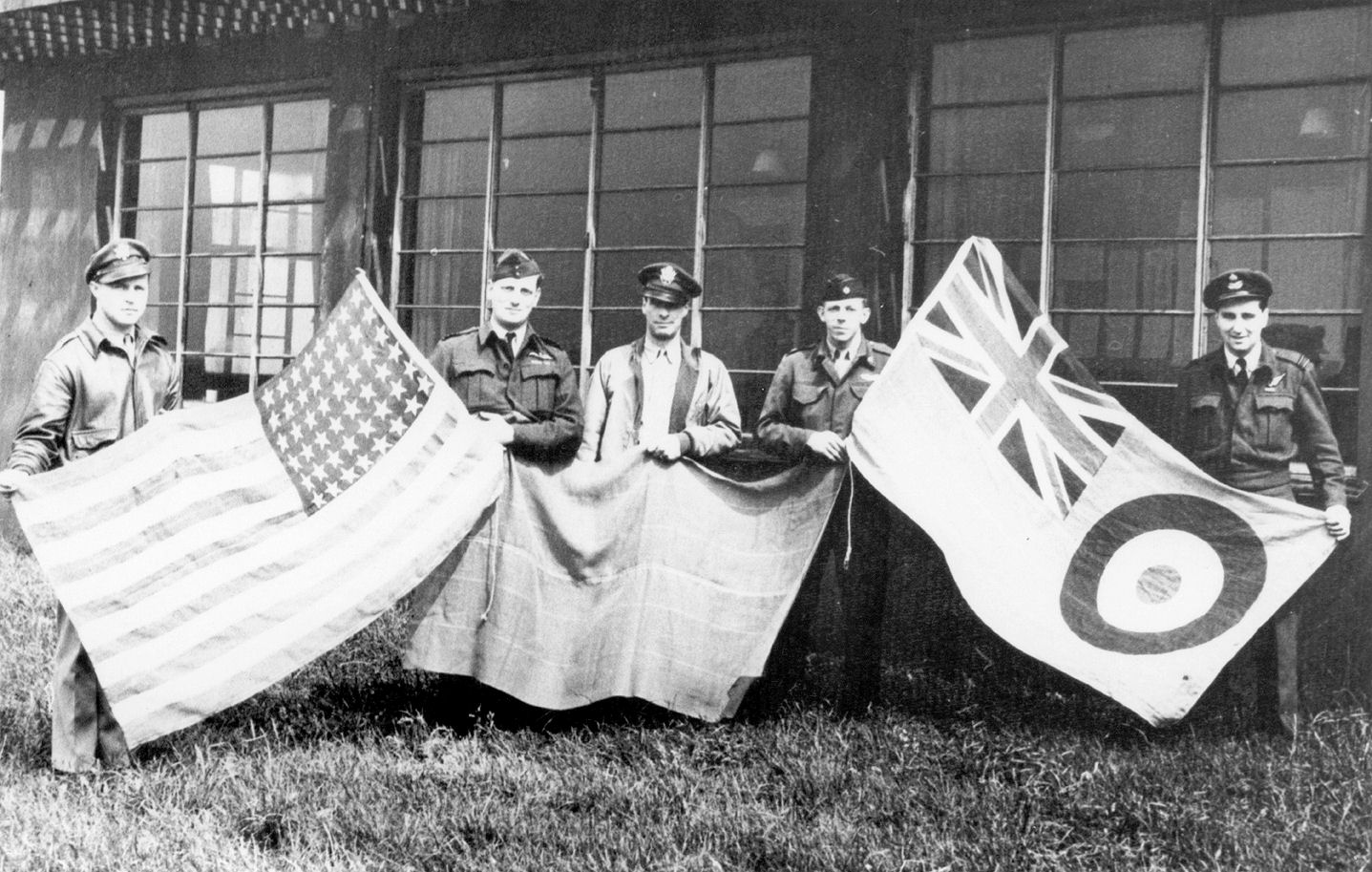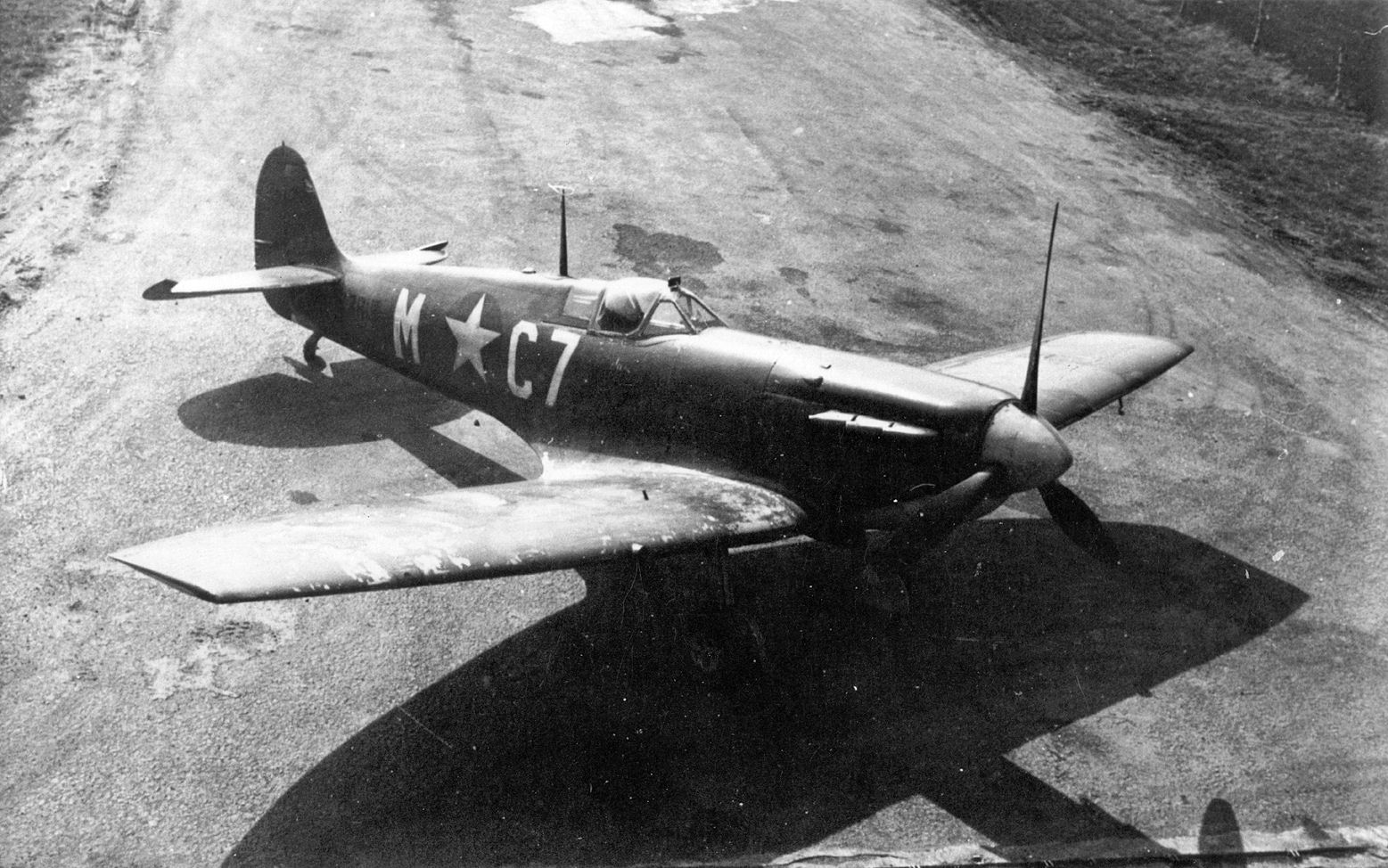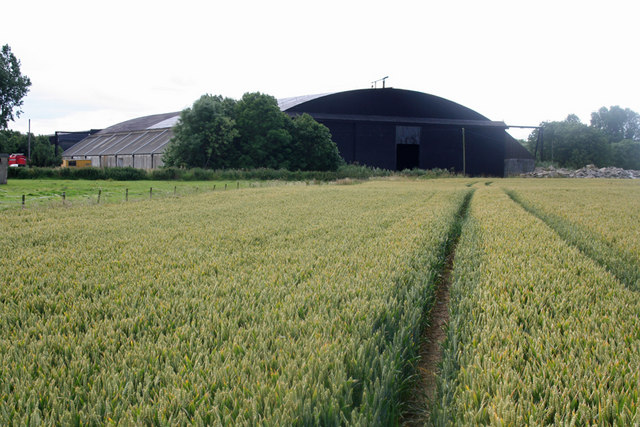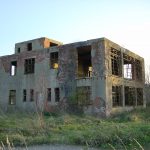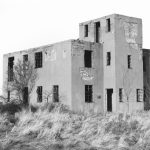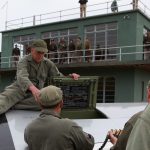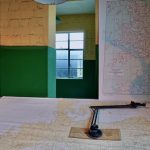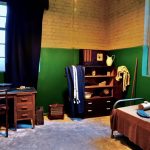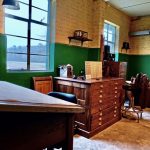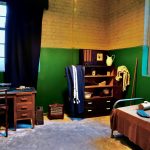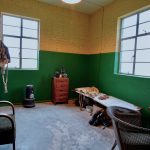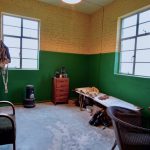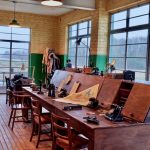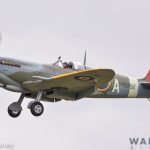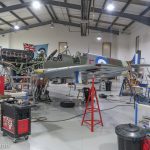We recently received an interesting article from Mike Potter, former director for the Military Aviation Museum in Pungo, Virginia that concerns the re-construction (on museum grounds) of the original airfield watch tower from the WWII USAAF airfield at Goxhill in England. This tower is historically significant, because RAF Goxhill became the first fully-operated U.S. airfield in Britain during WWII…
The First of Many – RAF Goxhill Watch Tower
by Mike Potter, Military Aviation Museum
As we approach the 75th anniversary of Victory in Europe Day, it is worth remembering some of the herculean efforts that went into crafting that Victory.
Not including the period called the “Phony War”, the British had been in a very real shooting war for almost three full years before America entered the conflict. For several years, British casualties among women and children outnumbered those of British soldiers as terror was rained down upon them from the skies.
The whole of Britain was subjected to rationing and mandatory National Service and every man, woman, and child in England was provided with a gas mask through their Civil Defense organizations. The war became a deeply personal one for every citizen as Europe collapsed and left the British Isles and their Commonwealth supporters virtually alone.
When America came into the war as a result of the attack on Pearl Harbor, her military forces were few in number, and all of them were unprepared, inexperienced, and un-blooded. General Ira Eaker, who would become the commander of the new Eighth Air Force, arrived in London just months later in early May of 1942 with six staff officers, no airplanes, and no airfields from which to operate. By the end of the next year, he would have 4,000 aircraft and 185,000 men in combat, an organizational and industrial feat of the highest order.
With untested pilots and new aircraft came accidents and mistakes. The “top brass” knew that it would be folly to put these pilots directly into action. They needed a “finishing school” for combat fighter pilots to give them an understanding of flying conditions in England, how to fit into the air traffic control systems being used, and they needed practice missions and advice from experienced pilots before “going operational”.
At the same time, the Royal Air Force struggled mightily to provide the hundreds of new air bases and the aircraft needed to defend their island, but early in 1942 they had several new airfields that were underused. The new base at Goxhill in North Lincolnshire, across the Humber river from the city of Hull, was a perfect location relatively near the English Channel, but well north of the main arena for air combat – and, it was available for immediate use.
One month after the seven USAAF senior staff officers set foot in England, RAF Goxhill was turned over to the Americans. Just a month later, Americans began occupying the new USAAF Goxhill with General Eisenhower, Lord Portal, and others in attendance to mark the occasion. And, while no one recalls sending them an invitation, on the very morning of the handover, a lone German bomber delivered a solitary large bomb with exquisite precision in the middle of the intersection of the two main runways. Even Lord Haw-Haw had assured them a visit quite soon, so security was evidently an issue from “day one”.
USAAF Goxhill – America’s first airbase to be handed over in its entirety by the British military, served exclusively as a fighter training base from Spring 1942 until the end of 1944. For the first year, entire new squadrons arrived to be trained as a unit for 30-60 days before moving on to their initial assigned bases. After that, the base received thousands of newly trained pilots to acclimate them while serving as a Combat Crew Replacement Center for the 8th and 9th Air Forces. The “Fighting Scouts” of the 8th Air Force also trained tour-expired bomber pilots at Goxhill to fly fighter planes to serve as advance weather scouts and tactical advisors in real time with bombing missions.
By the end of 1944, America’s first dedicated airfield in England was no longer needed. Air superiority was firmly in place all over Europe, and while the USAAF was not operating with complete immunity from losses, a dedicated training base was no longer needed. Fighter planes and pilot losses were manageable enough to devolve the in-theater training needs to the established squadrons in what became known as “Clobber College.”
At war’s end, as with many airfields, it took some years for Goxhill to return to civilian hands, but 50 years after the war it was recognized by many as the most undisturbed and complete wartime airfield still extant. There was a brief, but sadly unfulfilled project mooted at one time to restore much of the base as a historic tourism site.
It was around this time that Jerry Yagen, the founder of the Military Aviation Museum in Pungo, Virginia dared to conceive of finding a suitably iconic wartime structure to bring to his museum to form a piece of living history at the center of his still-growing collection of vintage military aircraft. The full story of this adventure would take up a long article by itself, but suffice it to say – it was not an endeavor for the weak of heart. While this project will continue to develop, the former USAAF Goxhill tower is now fully rebuilt in Pungo. It has been refurnished and well equipped with hundreds of period artifacts from England that will allow visitors to experience a walk back in time for themselves with a minimum of distraction by traditional interpretive exhibits.
The museum is quite proud to preserve and showcase this instantly recognizable piece of history in order to remember the Anglo-American partnership that shaped so many lives over a span of several generations. The list of people and organizations that have helped in this project is quite long, but we must acknowledge the generosity of the late Goxhill historian Ron Parker and his family in sharing his extensive collection of Goxhill materials, and the advice and assistance of the Airfield Research Group in the U.K. in making this project so authentic.
Many thanks to Mike Potter for this article, and to Jerry Yagen and the Military Aviation Museum for having the courage and fortitude to take on this important historical project.







